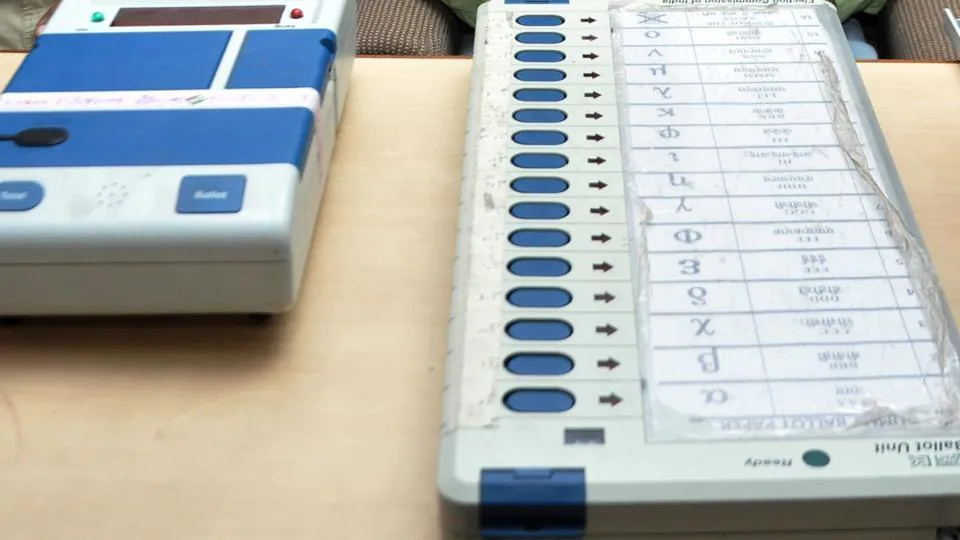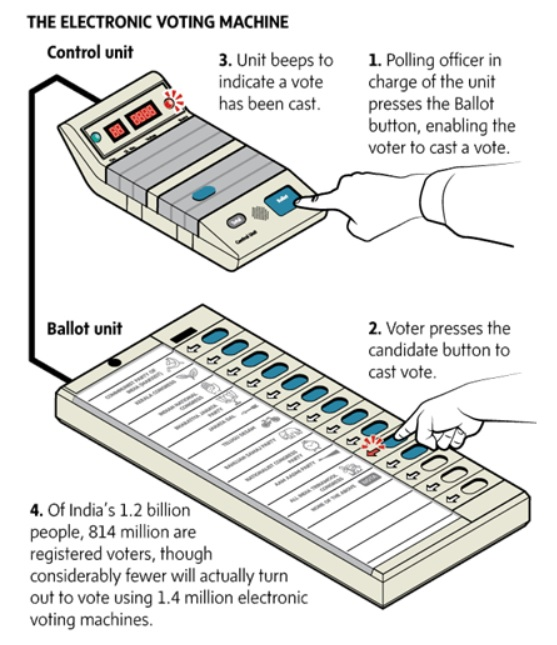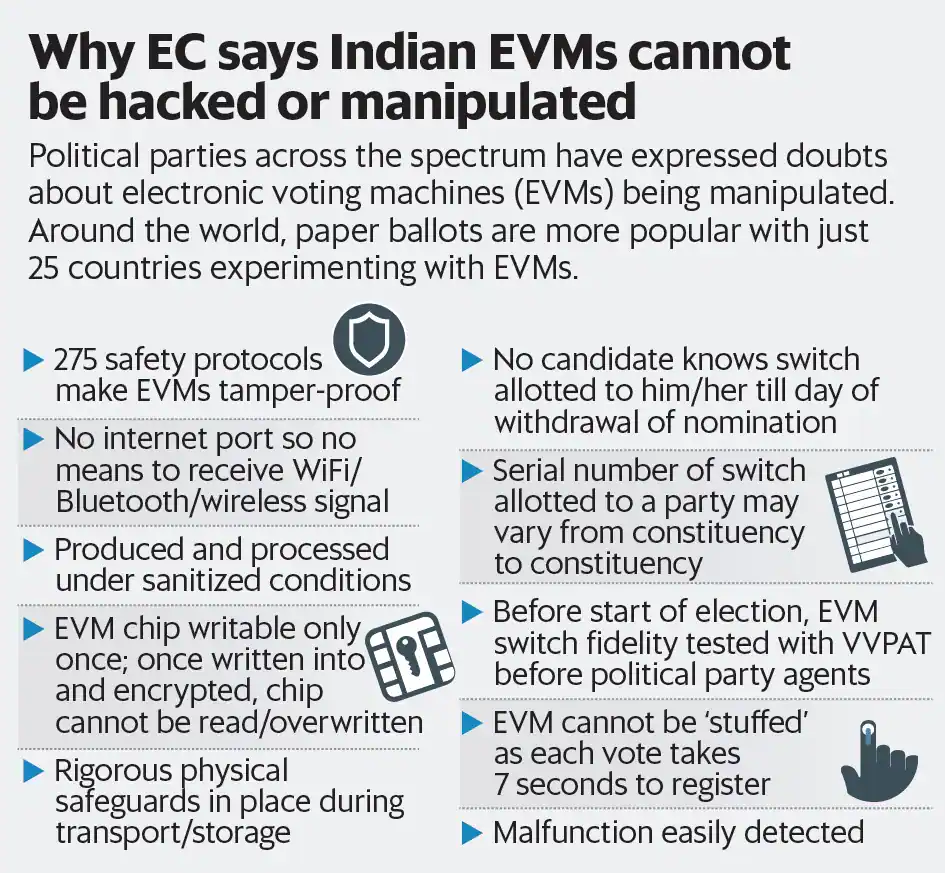Free Courses Sale ends Soon, Get It Now


Free Courses Sale ends Soon, Get It Now



Copyright infringement not intended
Context: Electronic Voting Machines (EVMs) were introduced in India in 1982 and fully deployed by 2004, but concerns remain over hacking vulnerabilities.
Electronic Voting Machines (EVMs)

Concerns Raised activists and political parties regarding EVMs

Voting Practices in Other Countries
Way Forward to address the concerns and strengthen the voting process
Conclusion
Must Read Articles:
Major Committees on Electoral Reforms
Electronic Voting Machine (EVM)
Source:
|
PRACTICE QUESTION Q. Discuss the challenges and complexities associated with the use of Electronic Voting Machines (EVMs) in Indian elections. How does the Election Commission ensure the security and integrity of EVMs during voting and counting processes, and what measures are in place to address concerns about tampering or malfunction? |
© 2024 iasgyan. All right reserved